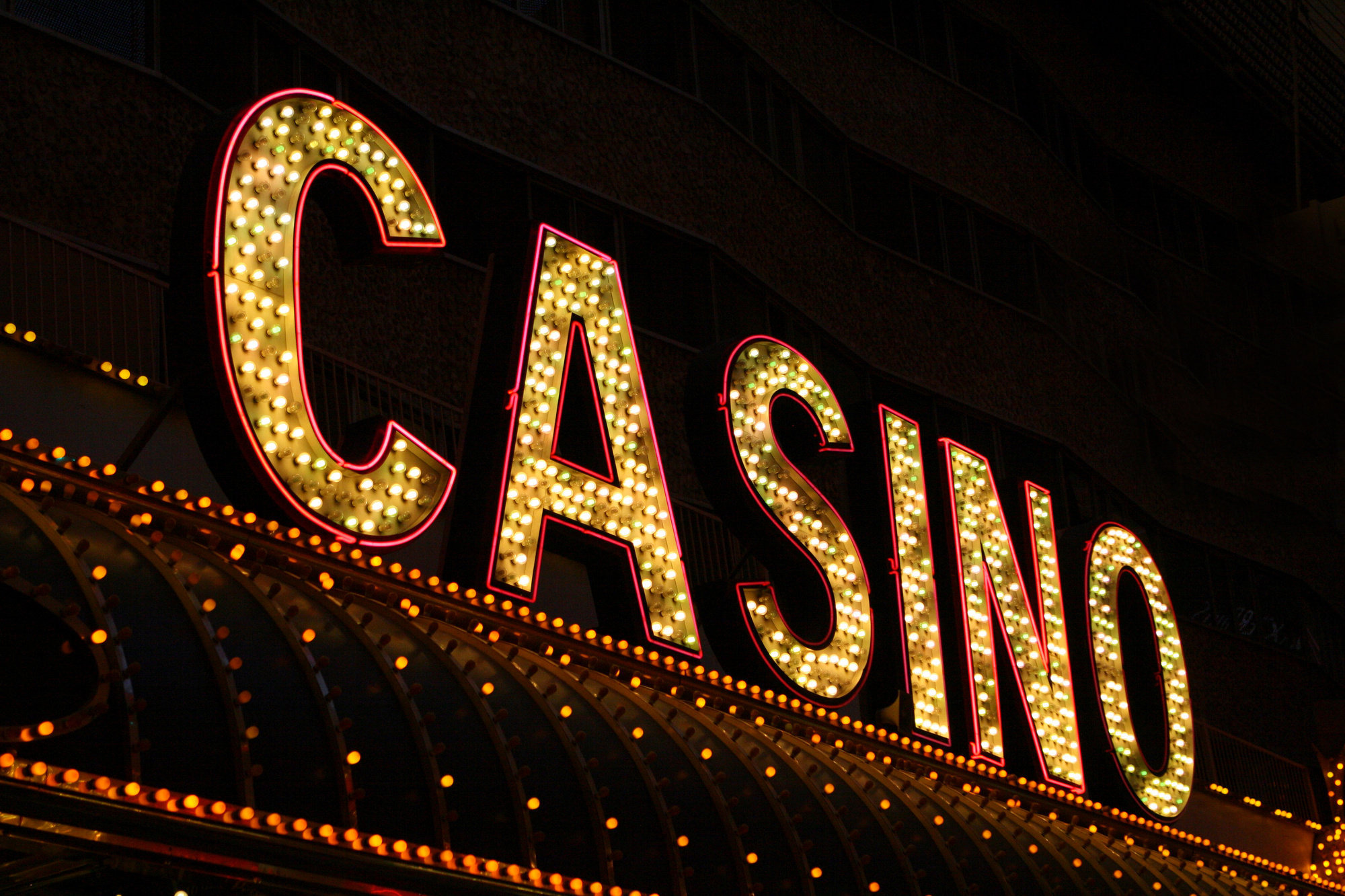
Casino experiences have long captivated people’s attention, drawing players into a universe filled with chance, planning, and the allure of adventure. Each game is meticulously crafted not just for entertainment, but also to elicit specific emotional responses that keep participants engaged and interested. Understanding the drives behind these designs reveals much about how psychology plays a crucial role in the gaming experience.
From the vivid lights and dynamic sounds to the complex layering of guidelines and payoffs, casino games are designed to create an atmosphere of thrill and eagerness. Game designers leverage behavioral strategies to influence player behavior, whether through the use of big prizes, almost wins, or social interactivity. By examining these aspects, we can better appreciate how casino games fulfill not just a want for entertainment, but more profound psychological needs for adventure and hazard.
Grasping Player Behavior
Casino games are engineered with a thorough grasp of player psyche, which is vital for luring and retaining players. RR88 The thrill of the game, alongside the anticipation of winning, establishes a powerful draw. Game designers employ elements like sonic elements, vibrant graphics, and captivating gameplay to capture attention and generate emotional responses. These sensory experiences enhance the overall experience, making players feel more attached in the game.
Another significant aspect of player behavior is the idea of risk and reward. Casino games often weigh high-risk scenarios with the potential for substantial rewards, which can cause the phenomenon known as near-miss effect. When players come within reach to winning, the brain releases dopamine, reinforcing their behavior and encouraging them to persist playing in pursuit of that fleeting win. This cycle of hope and letdown plays a crucial role in how games are designed and marketed.
Lastly, community aspects also play a critical role in player behavior at casinos. Many games are made to be played in pairs or with other players, nurturing a sense of togetherness and collective experience. The interaction inherent in games like poker enhances enjoyment and can lead to longer play sessions. Designers leverage on this by designing environments that invite players to stay, socialize, and revisit, making the overall casino experience more appealing.
The Role of Visuals and Sound
Imagery and audio play a significant role in enhancing the player’s experience within gambling games. Designers utilize vibrant colors, striking graphics, and captivating animations to grab gambler’s attention and hold their focus. The use of themes, such as adventure or luxury, helps create an immersive atmosphere that transports players into another world. By appealing to the senses, these elements contribute to a intensified emotional response, prompting players to engage more profoundly with the games.
Audio design is equally important in reinforcing the overall experience of gambling games. The combination of background music, sound effects for successful combinations, and environmental noises creates an sound landscape that keeps players fascinated. Audio cues associated with victories, such as ringing bells or celebratory music, evoke feelings of thrill and reward, encouraging players to continue playing. These audio cues are carefully placed to enhance the thrill of the game and create a more engaging experience.
Moreover, the synchronization of visuals and sound is crucial for reinforcing the game’s overall concept and mood. Each element should coordinate harmoniously to create a unified experience that pulls players in. The effective use of this integration not only enhances user satisfaction but also boosts the chances of repeat play, as players become more engaged in the immersive world that the gambling games offer. This thoughtful combination of visuals and sound ultimately enhances player involvement and loyalty.
Incentive Systems and Engagement
The creation of casino games greatly depends on reward structures to keep players engaged and coming back for more. These systems are rooted in psychological theories that take advantage of human nature and desire. Players are often driven by the excitement of success, which is reinforced by immediate feedback through the game structure’s mechanics. This prompt satisfaction not just improves the overall experience but also cultivates a sense of success, prompting participants to keep participating in hopes of bigger gains.
Casinos implement various incentive systems, such as jackpots, bonuses, and increased rewards, to engage participants. These features create a layer of excitement that sustains engagement. Additionally, the randomness of results plays a crucial role in keeping interest. The variable reward system, where wins are random but happen often enough, maintains players on edge and motivated to continue participating. This cycle of hope and anticipation is essential to the effectiveness of gambling experiences.
In addition, community aspects, such as competitive events and multiplayer features, boost the engagement factor by leveraging the competitive nature of players. The shared experience of playing with others can intensify the excitement of winning and create a community atmosphere within the casino. By integrating these community elements with effective reward systems, gambling experiences not only provide entertainment but also nurture a deeper bond among participants, reinforcing their commitment to the gaming experience.